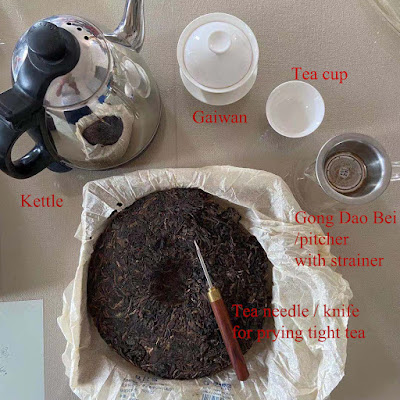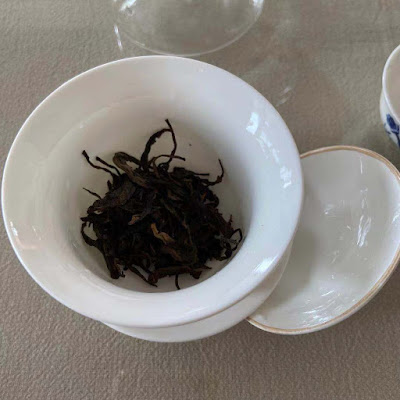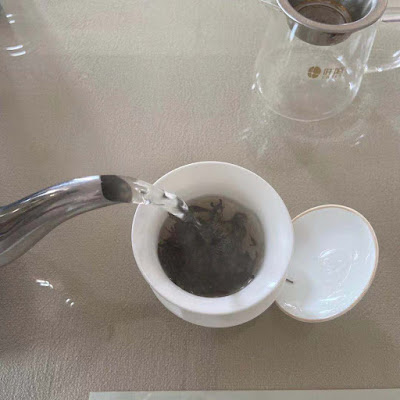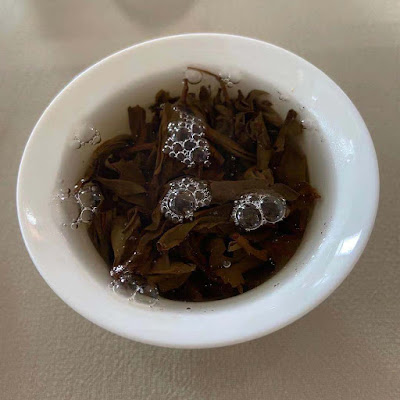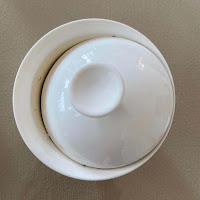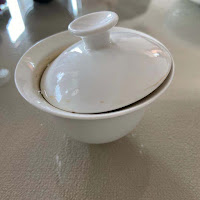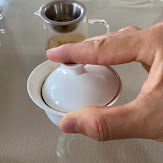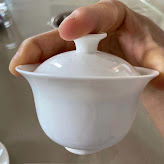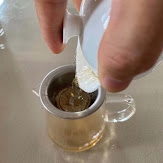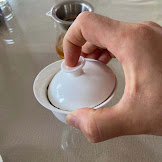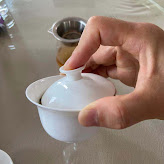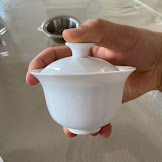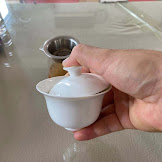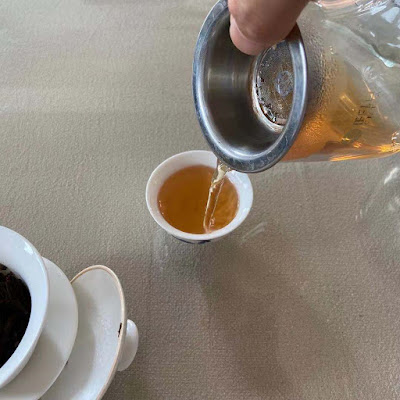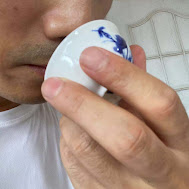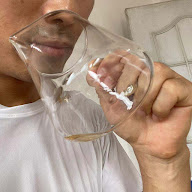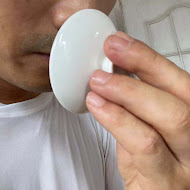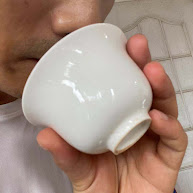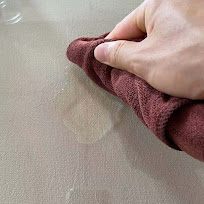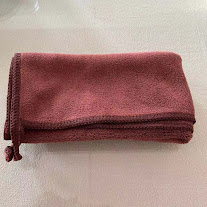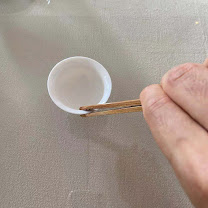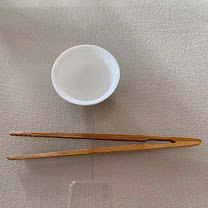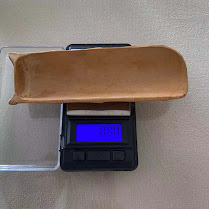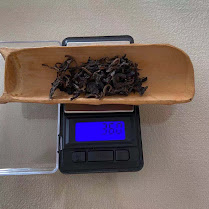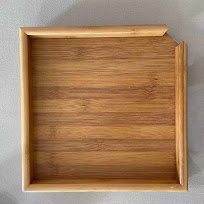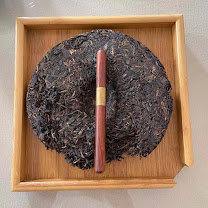How to make tea in Gongfu style with basic manner?
Initially, you'll require some essential tea tools as listed below, which will enhance your enjoyment alongside the tea:
Water Kettle: Use this for heating water. For teas other than green or black, it's best to boil the water before each steeping.
Gaiwan: Also known as "Gai Wan," this vessel is ideal for brewing, steeping, and infusing tea. Alternatively, you can use a Yixing teapot or another type of porcelain teapot.
Tea Cup: Each person should have their own cup for drinking tea.
Gong Dao Bei: Also referred to as "Gongdaobei" or "Pitcher." This is used to hold the brewed tea from the Gaiwan before distributing it into individual cups.
Strainer: Sometimes called a "Tea Filter," it's used for filtering tea when pouring from the Gaiwan to the pitcher, capturing any bits.
Although some tea masters may consider it unnecessary, I recommend it for both straining purposes and helping to lower the tea's temperature.
Overly hot water can dull your mouth's sensitivity to the tea's flavors and may be harmful to your health.
Tea Needle: Known also as "Tea Awl" or "Tea Knife" depending on its style, this tool is used for prying apart tightly compressed tea cakes, bricks, or tuos, commonly found in Puerh tea, dark tea, or some oolong teas.
Feel free to use alternative tools you have on hand, especially if you're new to Gongfu tea.
Start with simple tools and gradually discover what works best for you. Over time, as your tea drinking experience expands, you might find yourself accumulating various tea wares, some of which may not be essential.
Water: For those new to tea, it's important to know that tap water is generally okay, except for hard water.
Bottled water (including mineral water) or filtered water is preferable as soft water doesn't negatively affect the tea's fragrance and taste like hard water can.
In Guangzhou city, for instance, tap water is hard and of poor quality, so I use RO filtered water, which is comparable to bottled water.
Tea Preparation: When you're ready, place some tea leaves or chunks into your Gaiwan.
The amount depends on your preference, the number of drinkers, and the size of your Gaiwan or teapot.
For solo drinking, especially with expensive teas, I might use only about 3 grams. For everyday teas or when serving multiple drinkers, I recommend 7 to 8 grams.
Adjust the amount of tea leaves based on your personal experience and taste preferences.
Too much can make the tea too strong, while too little might not give a full sense of the tea's character.
Begin by pouring boiling water over the tea leaves or chunks, a step specifically known as 'Rinsing Tea.'
This first pour is crucial in preparing the leaves. For green and black teas, water temperatures between 85 to 92 degrees Celsius are ideal.
However, for other varieties like puerh, dark, oolong, and white teas, boiling water is recommended.
The method of pouring water plays a significant role in shaping the tea's flavor.
Techniques vary, such as pouring from a specific point along the Gaiwan's wall, circling around the wall, or adjusting the height from which the water is poured.
Each method has its own impact, and we'll explore these techniques in detail in future posts.
(Edit: When pouring water, it's advisable to do so gently and steadily at a certain point along the wall of the Gaiwan, taking care not to rush (this is different for Yixing teapots). Avoid agitating the tea leaves excessively; they shouldn't 'dance' wildly under the stream of water. This controlled pouring technique helps in achieving the desired flavor profile of the tea.)
Place the lid on the Gaiwan as shown. You may notice that the lid is positioned somewhat unusually – this is intentional to facilitate easy pouring of the tea.
While you can initially place the lid in the conventional position, you might need to adjust it again before pouring the tea out.
Don't worry too much about this.
When making tea, especially during the rinsing phase, it's generally best to quickly pour out the water after adding it.
This short contact time with hot water is meant for rinsing the tea, although it's worth noting that some of the tea's essences, particularly in loose leaf varieties, may be lost during this process.
For certain teas, like puerh ripe, dark tea, or older teas (such as those made around or before 2005), you might need to repeat this rinsing step once or twice.
Each steeping can lead to a loss of some essences from the tea, so try to pour out the hot water promptly.
With practice, you'll be able to perform these steps smoothly and continuously, without even a second's pause.
Pouring tea from the Gaiwan:
To safely handle the Gaiwan, position your fingers along its edge as shown.
This technique helps prevent burns from the heat.
Initially, it may require some practice, but don't worry – you'll get the hang of it with time.
Then, pour the tea liquid from the pitcher into each tea cup.
(Note: You may remove the strainer during this step.)
The water used for rinsing the tea can also be utilized to warm up the Gaiwan, the pitcher, and the tea cups. Make sure not to waste it.
After this initial use, dispose of the first rinse water. However, if you are the only one drinking, feel free to taste it.
Comparing the flavor of the rinsed water with the subsequent brews can be a valuable learning experience in understanding tea. Trust me, it's worth trying.
Now you can proceed to the drinking steeps.
Simply repeat the steps mentioned above, pouring boiling water over the tea multiple times as needed.
Some Tips for Tea Brewing:
- For First-Time Brewing: When trying a new tea, start with a lighter steep. Don't strictly adhere to the guideline of "1-2 seconds for the first infusion, 2-3 seconds for the second, 3-5 seconds for the third." If you find the flavor too mild, gradually increase the steeping time. Remember, the longer tea leaves steep in boiling water, the more bitterness and astringency they release. Over-steeping can make it difficult to properly appreciate and assess the tea. (Note: While tea specialists might brew tea heavily for quick evaluation, this is due to their expertise and time-saving needs, and they typically spit out the brew.)
In case you over-steep your tea, you can dilute it by adding more boiled water directly into the tea.
If you are serving others and the tea is too strong, quickly start a new, lighter infusion and mix it with the over-steeped tea before serving.
Conversely, if the tea appears too weak, brew a new infusion for a longer duration and combine it with the previous batch.
- Resting the Rinsed Tea: If possible, allow the rinsed tea to rest for about 10 minutes in the Gaiwan. This can enhance the taste. During this time, you can engage in activities like smelling the tea essences left on the pitcher, lid, and cup. It's also a considerate gesture to invite your guests to observe and smell the tea leaves – a practice that enhances the tea-drinking experience.
3) Consider Additional Items: If you can find alternatives to the following items, you'll not only save money but also reduce effort and storage space.
- A napkin is essential for wiping up any spilled water on the table or tea wares. Keeping a clean and pleasant environment enhances the tea-drinking experience.

